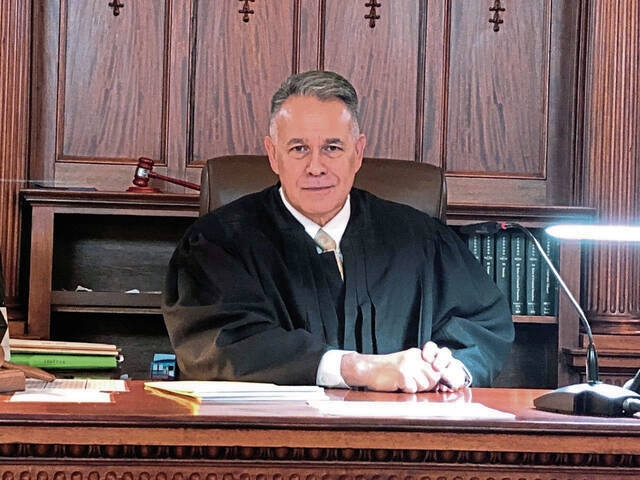Good concert programming naturally seeks diversity and contrast, but better programming also seeks common threads between pieces.
Westmoreland Symphony music director Daniel Meyer says the orchestra’s next program will look at how great composers play with the idea of classicism in music.
Meyer will conduct the Westmoreland Symphony Orchestra in “Parisian Valentine” on Feb. 15 at The Palace Theatre in Greensburg. The program is Igor Stravinsky’s “Pulcinella” Suite, Camille Saint-Saens’ Piano Concerto No. 2 with Maxim Lando as soloist, and Wolfgang Amadeus Mozart’s Symphony No. 40 in G minor.
Igor Stravinsky’s 1920 ballet “Pulcinella” is a big change from the huge orchestra ballets he wrote before World War I and which made him famous. The music is based on pieces he thought were by early 18th-century composer Giovanni Pergolesi, though subsequent musicology has shown most of the pieces were actually written by other composers. The story is drawn from “commedia dell’arte.” The music Stravinsky wrote is energetic, lyrical and sometimes downright funny.
Meyer says he thinks Stravinsky made this change in scale from his earlier ballets because “he wanted to create challenges for himself. He talked about imposing limitations on himself and seeing what he could do within those limitations. Let’s face it, he already mastered the incredible forces available to him in ‘The Firebird’ and ‘The Rite of Spring.’ I think he was looking for ways to do an about-face from those lush, very Rimsky-Korsakov inspired scores.”
American pianist Maxim Lando returns to The Palace Theatre to play Saint-Saens’ most popular piano concerto at this concert. He’s won many awards and his career is thriving, but he’s also known for performing with Lang Lang when the Chinese pianist needed someone to play left hand when he had an arm injury.
“Saint-Saens’ concerto has the unmistakable imprint of Johann Sebastian Bach in the pianism, in the way the piece begins and the counterpoint, along with the playful virtuosic style of Saint-Saens,” says Meyer.
The conductor says he “absolutely” agrees with the Polish pianist who commented after the premiere that this concerto goes from Bach to Offenbach. “There’s can-can and stage cabaret all mixed up with the seriousness of Bach in this wonderful world.”
There’s a mystery about the last three symphonies of Mozart, written in 1788, three years before he died. Mozart was a very practically minded composer who wrote when he had a definite performance coming up. In the case of the G minor Symphony, Mozart even created a second version to add clarinets to the orchestration. Yet there’s no solid evidence these symphonies were performed in his lifetime.
Meyer is intrigued about Mozart’s intent in writing these symphonies by a suggestion made by Nikolaus Harnoncourt, the Viennese cellist, conductor, musicologist and deep musical thinker.
“He thought of the G minor as potentially the middle part of a meta-symphony, part of an exploration of the depths of the soul and psyche,” says the conductor. “The G minor is a rather agitated piece. The beginning is laden with a moto perpetuo, almost jittery. The Minuet is very powerful, jagged and sharp-edged. The counterpoint in the final is just staggering, as very short ideas are rubbed against and piled on top of each other, vying for attention.”








